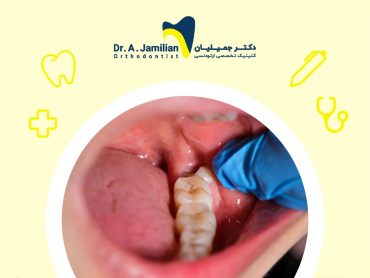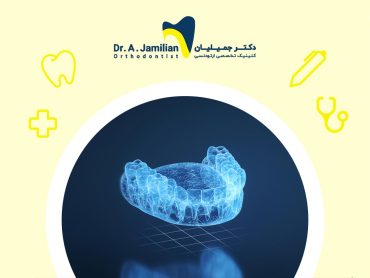Tooth discoloration and sensitivity to sweets and cold can be a sign of tooth decay or gum disease. Pain and tenderness usually occur at a specific point in the mouth and teeth; you can suspect tooth decay in this case. If the condition persists, eating with the affected and sensitive area will be gradually difficult. Over time, the mouth odor will change, and the patient will develop halitosis. In the following, we will examine the cause of discoloration and tooth sensitivity to sweets and cold, and explain how to prevent and treat it.

Cause of discoloration and sensitivity of teeth to sweets and cold
Accumulation of microbial plaque on the tooth surface can gradually result in tooth decay, which has no symptoms in the early stages. Still, symptoms such as sensitivity to sweets and cold will appear over time. Sometimes tooth decay and sensitivity can be detected due to tooth discoloration and may require a dental examination.
Most caries is symptomless until it gets worsen. The teeth become sensitive to sweets or cold in the advanced stage. Patients should be examined every six months by a dentist and undergo dental radiography if required to prevent tooth decay.
How to repair a decayed tooth and its sensitivity
During restoration, the caries is drilled and restored with restorative materials. The produced holes can be filled with different fillers such as composite (tooth color), amalgam (silver color), and other materials such as gold that were often used in the past. These fillers have no side effects on health.
Composite can be used to restore both front and posterior teeth; however, it is more expensive than amalgam due to more complex work steps and hence more time that the dentist has to spend. Both composite and amalgam have a similar lifetime.
Amalgam is usually used in areas with difficult access for the dentist; however, it works well and has been used in dentistry for about 200 years. According to studies, it has no side effects for people, although it contains mercury which accumulation in the environment may be associated with some problems.
Prevention of tooth discoloration and sensitivity
Good oral hygiene, especially at night, is undoubtedly a critical measure to prevent discoloration and tooth sensitivity. Despite good oral hygiene and regular flossing, mouth washing, and brushing, consumption of some foods such as colored drinks and alcohol can result in discoloration and eventually tooth sensitivity in some patients. Drinking too much coffee and tea can also lead to tooth decay and eventually tooth discoloration and sensitivity.
In time visits of the dentist and scaling can help prevent the effects of tooth discoloration. Some antibiotics or iron syrup in childhood can also lead to teeth discoloration, which can only be resolved through tooth restoration methods.
Treatment of tooth discoloration and sensitivity to sweets and cold
Low-grade tooth discoloration can be treated through scaling. Tooth sensitivity not caused by gum disease and tooth decay can be treated with dental floss and sensitive teeth toothpaste.
If the dentist cannot find the cause of tooth sensitivity to sweets and cold, an OPG may be prescribed to detect even the slightest decay or disease, aiming to treat it with restorative methods quickly.







